Archives
- 2025-12
- 2025-11
- 2025-10
- 2025-09
- 2025-03
- 2025-02
- 2025-01
- 2024-12
- 2024-11
- 2024-10
- 2024-09
- 2024-08
- 2024-07
- 2024-06
- 2024-05
- 2024-04
- 2024-03
- 2024-02
- 2024-01
- 2023-12
- 2023-11
- 2023-10
- 2023-09
- 2023-08
- 2023-07
- 2023-06
- 2023-05
- 2023-04
- 2023-03
- 2023-02
- 2023-01
- 2022-12
- 2022-11
- 2022-10
- 2022-09
- 2022-08
- 2022-07
- 2022-06
- 2022-05
- 2022-04
- 2022-03
- 2022-02
- 2022-01
- 2021-12
- 2021-11
- 2021-10
- 2021-09
- 2021-08
- 2021-07
- 2021-06
- 2021-05
- 2021-04
- 2021-03
- 2021-02
- 2021-01
- 2020-12
- 2020-11
- 2020-10
- 2020-09
- 2020-08
- 2020-07
- 2020-06
- 2020-05
- 2020-04
- 2020-03
- 2020-02
- 2020-01
- 2019-12
- 2019-11
- 2019-10
- 2019-09
- 2019-08
- 2019-07
- 2019-06
- 2019-05
- 2019-04
- 2018-11
- 2018-10
- 2018-07
-
br Materials and methods br Results br Discussion DUSP is
2020-08-11
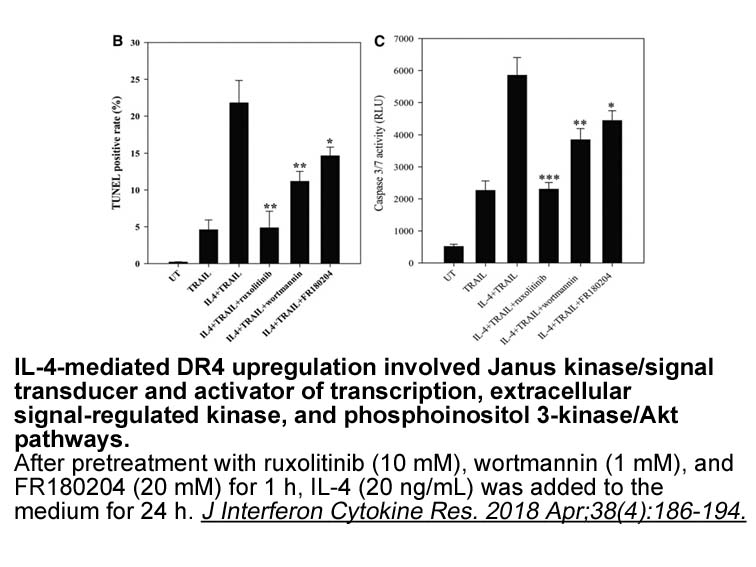
Materials and methods Results Discussion DUSP1 is a member of the subfamily of the Dusl specific phosphatases (DUSPs). High levels of DUSP1 observed in lung, liver and placenta, and low levels have been found in the NT157 australia and kidney. DUSP1 has been shown to be elevated in various
-
Fatostatin A In sum although it is reasonable to assume
2020-08-11
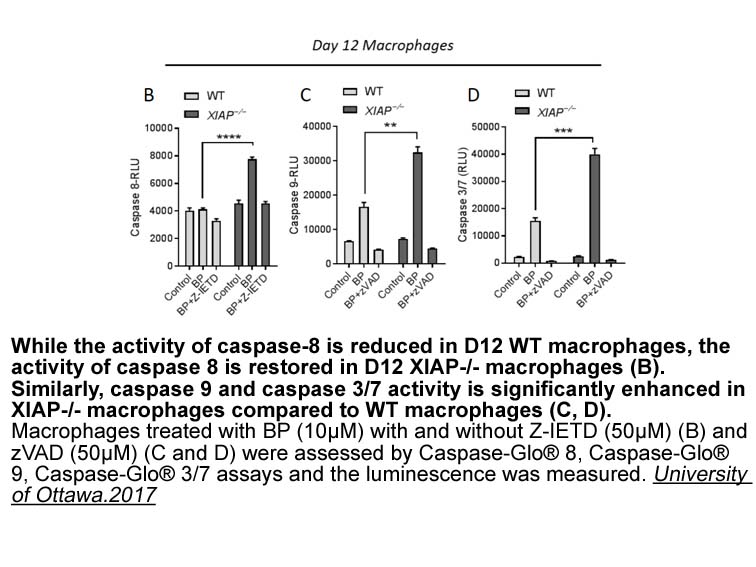
In sum, although it is reasonable to assume that the activities of an enzyme on alternative (metabolically available) substrates may often depend on neutral drift, the point is difficult to prove because various types of selective pressures can be at play, and these will be different in different or
-
Since these first results KSTD activity has
2020-08-10
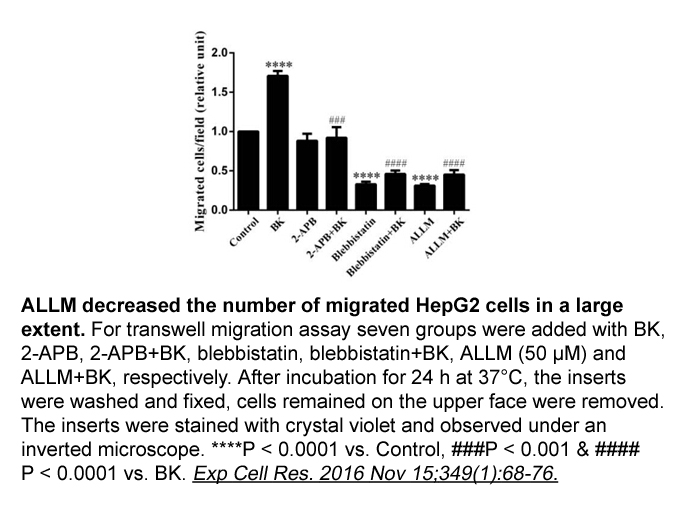
— Since these first results, Δ1-KSTD activity has been identified in many other microorganisms, albeit sometimes with different substrate preferences. For instance, Comamonas testosteroni ATCC 11996 (formerly Pseudomonas testosteroni) is active on several steroid substrates, but it cannot use 11β-hy
-
In the present study it was found
2020-08-10
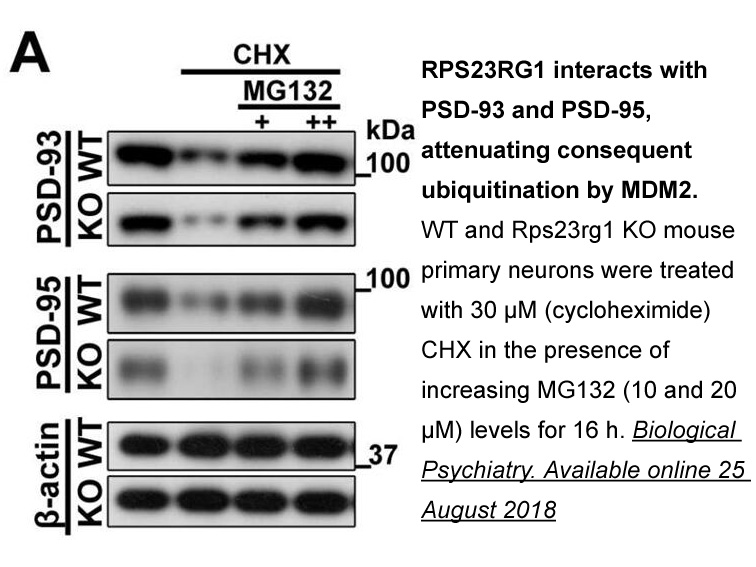
In the present study, it was found that HepG2, H4IIE and LMH cells were inclined to remove S-metalaxyl and lead to decrease of ERs of metalaxyl, while L8824 cells were inclined to attenuate R-metalaxyl and resulted in an inverse shift of ER. These findings indicate the enantioselective accumulation
-
IL is not expressed in tissues constitutively because of its
2020-08-10

IL-8 is not expressed in tissues constitutively because of its strong chemoattractant, proinflammatory, and angiogenic activities. Rather, it is an inducible factor, produced by a variety of cell types, including leukocytes, fibroblasts, endothelial and epithelial cells, in response to proinflammato
-
tetracycline hcl Experiment B CP during fear acquisition nor
2020-08-10
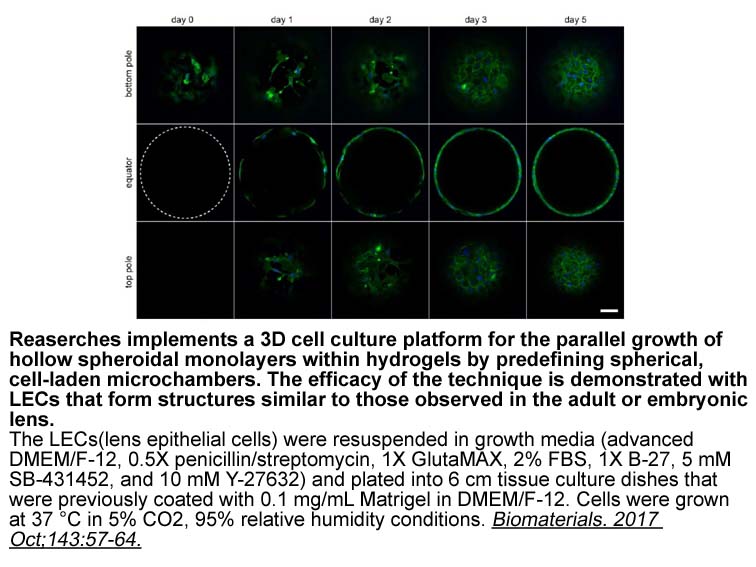
Experiment 4B: CP154,526 during fear acquisition normalizes fear-potentiated startle and prevents exacerbation of contextual conditioned fear in SERT−/− rats. As genotypes differed markedly in basal fear acquisition, drug effects could differ strongly between genotypes. Therefore, all effects in th
-
br Methods br Results Our study focused on consecutive postu
2020-08-10
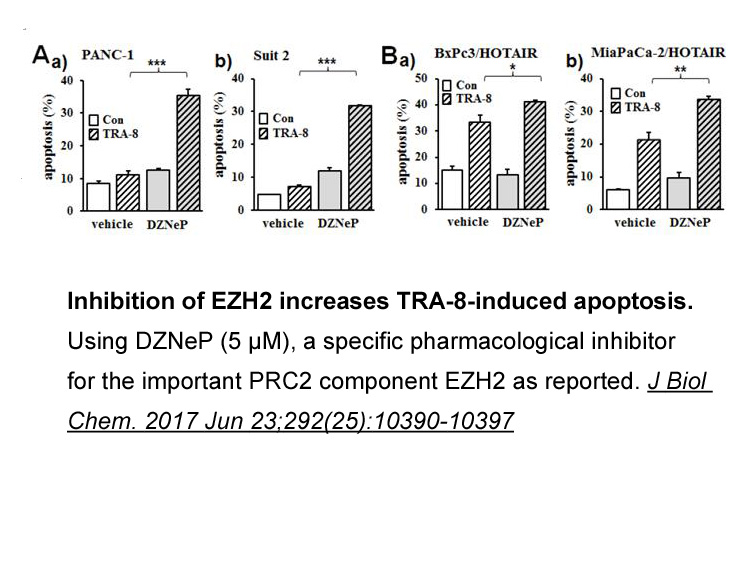
Methods Results Our study focused on consecutive postural adjustments (CPAs) between IS and BS (the shaded areas on Fig. 2); that is to say, the Rx kinetics that occur after the end of an upper limb movement. It was dedicated to examining the main features of CPAs and the influence of movement
-
Moreover the vibrational contributions provide a plausible e
2020-08-10
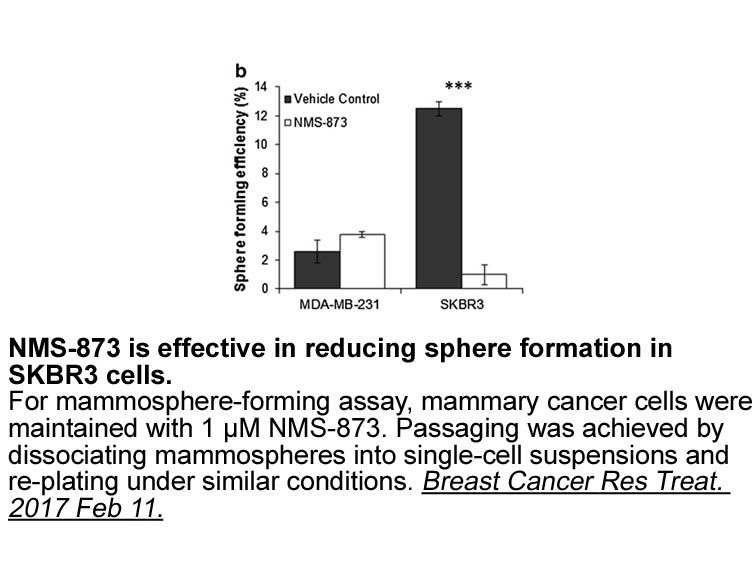
Moreover, the vibrational contributions provide a plausible explanation for the missing X′ peaks in the experimental PES for the Er and Tm complexes. The current SO-MCQDPT2 (Fig. 1(k) and (l)) and MCQDPT2 II (Fig. 2(k) and (l)) calculations suggest the appearance of peak splittings for these complex
-
br Acknowledgments br Significance The mechanisms
2020-08-10
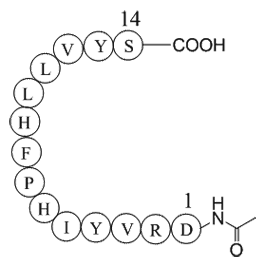
Acknowledgments Significance The mechanisms underlying the adverse effects of Epo-stimulating agents on the reduced survival of cancer patients are not well understood. Here, we identified EphB4 as an alternative Epo receptor, which triggers Src/Stat3 signaling via EphB4. We also showed that r
-
br Materials and methods br Results br Discussion The
2020-08-10
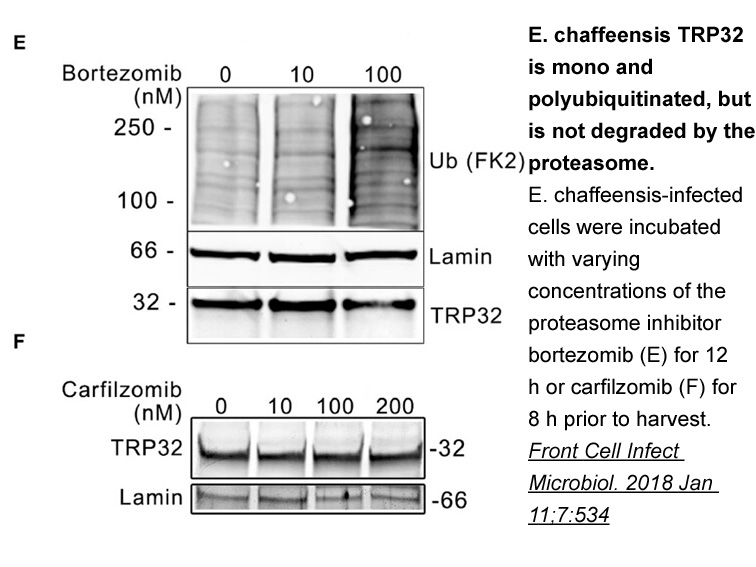
Materials and methods Results Discussion The EP4 Radicicol for PGE2 is similar to the EP1, EP2 and EP3 receptors in that they all have seven transmembrane segments and are coupled to Gα subunits of heterotrimeric G proteins, with a different Gα subunit for each receptor (Sugimoto and Narum
-
br Conflict of interest statement br References and
2020-08-10
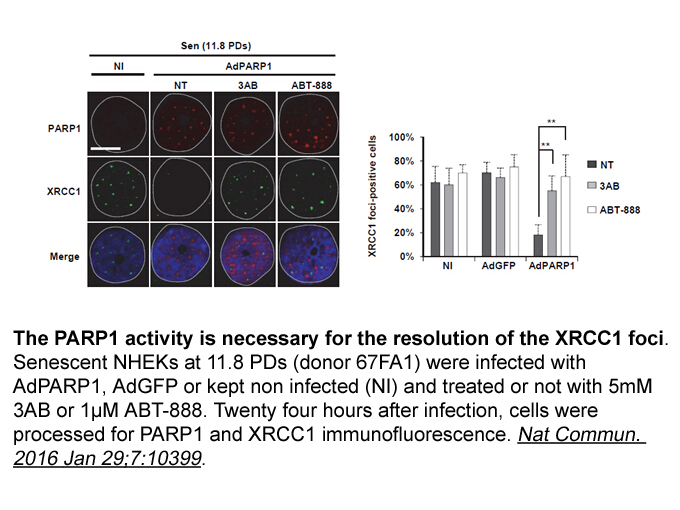
Conflict of interest statement References and recommended reading Papers of particular interest, published within the period of review, have been highlighted as: Acknowledgements We acknowledge financial support by the Swiss State Secretariat for Education, Research and Innovation (Federal
-
br Materials and Methods br
2020-08-10
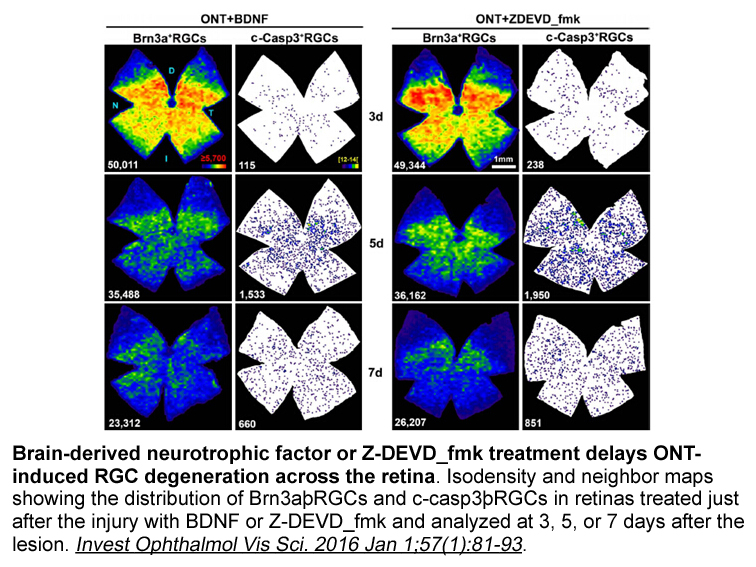
Materials and Methods Acknowledgements Introduction The discoidin domain receptors, DDR1 and DDR2, are two closely related receptor tyrosine kinases (RTKs) that contain a discoidin (DS) homology domain in their extracellular regions. The DDRs were initially discovered by homology cloning ba
-
br Materials and methods br Results
2020-08-10
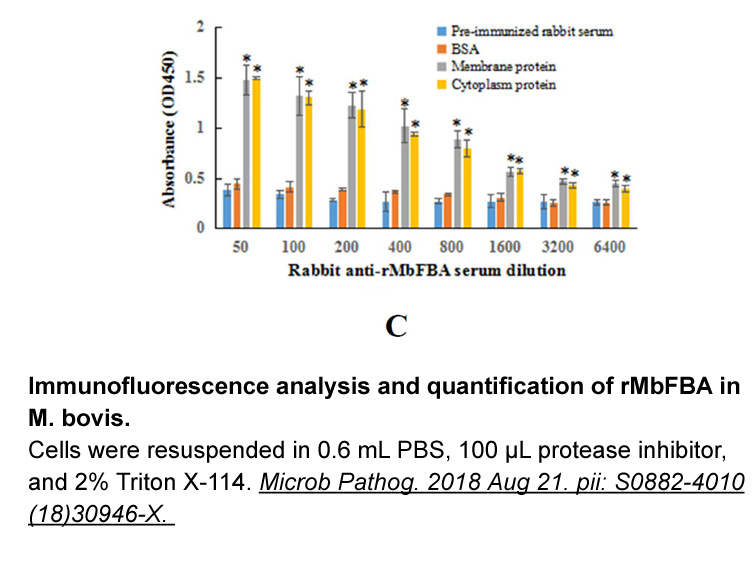
Materials and methods Results and discussion Summary Acknowledgments We thank Muhammad Anwar for animal rearing and surgery. We also thank Michael M. Myers for editing. Finally, we thank David Hirschberg for his technical advice. Funding for this project was provided by the Einhorn Famil
-
To analyze EBI expression and its function in T
2020-08-10
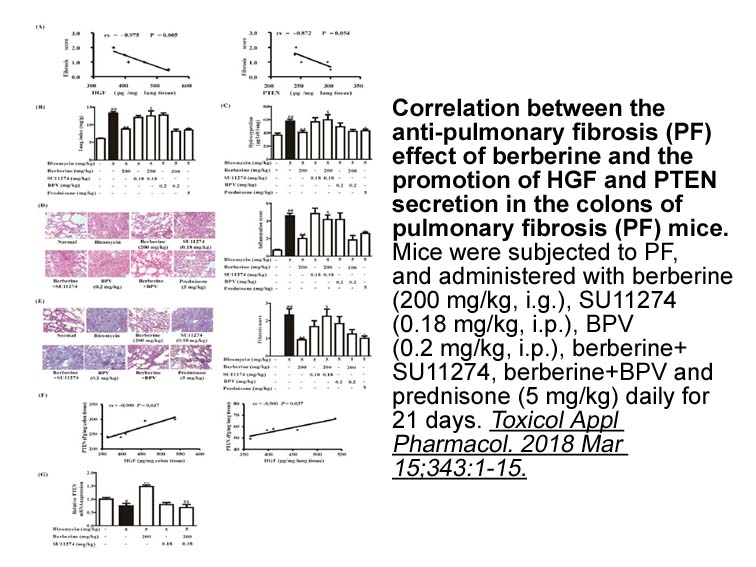
To analyze EBI2 expression and its function in T cells in vivo, we created an EGFP reporter/knockout mouse strain, termed EBI2EGFP. This mouse strain in heterozygous configuration allows for a systematic analysis of the expression of EBI2 in distinct cell types in steady-state and under inflammatory
-
There is a functional ubiquitin association UBA domain at th
2020-08-09
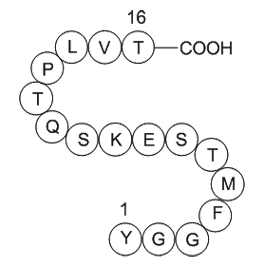
There is a functional ubiquitin association (UBA) domain at the N terminus of MCPIP1. Liang et al. have discovered that MCPIP1 may be a deubiquitinase and defined a novel DUB domain of MCPIP1 [22]. Ubiquitin and deubiquitin modification emerge as the key mechanisms that regulate the virus-induced ty
16532 records 833/1103 page Previous Next First page 上5页 831832833834835 下5页 Last page